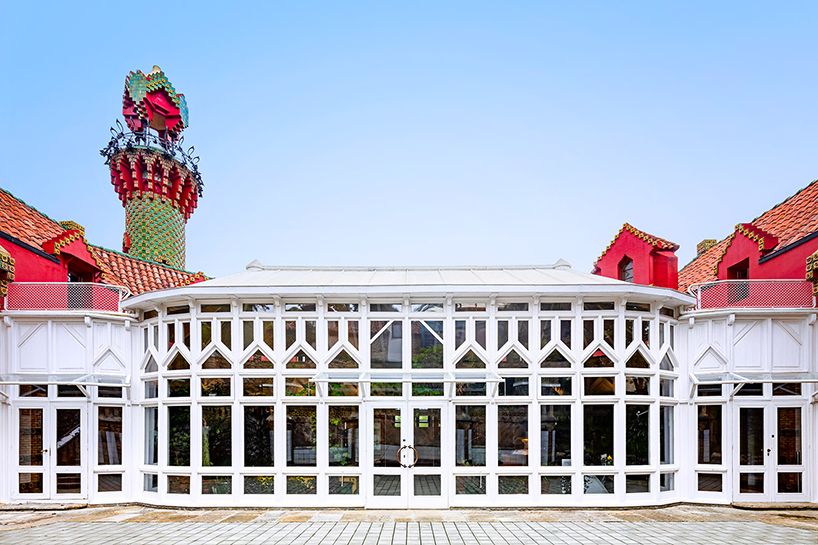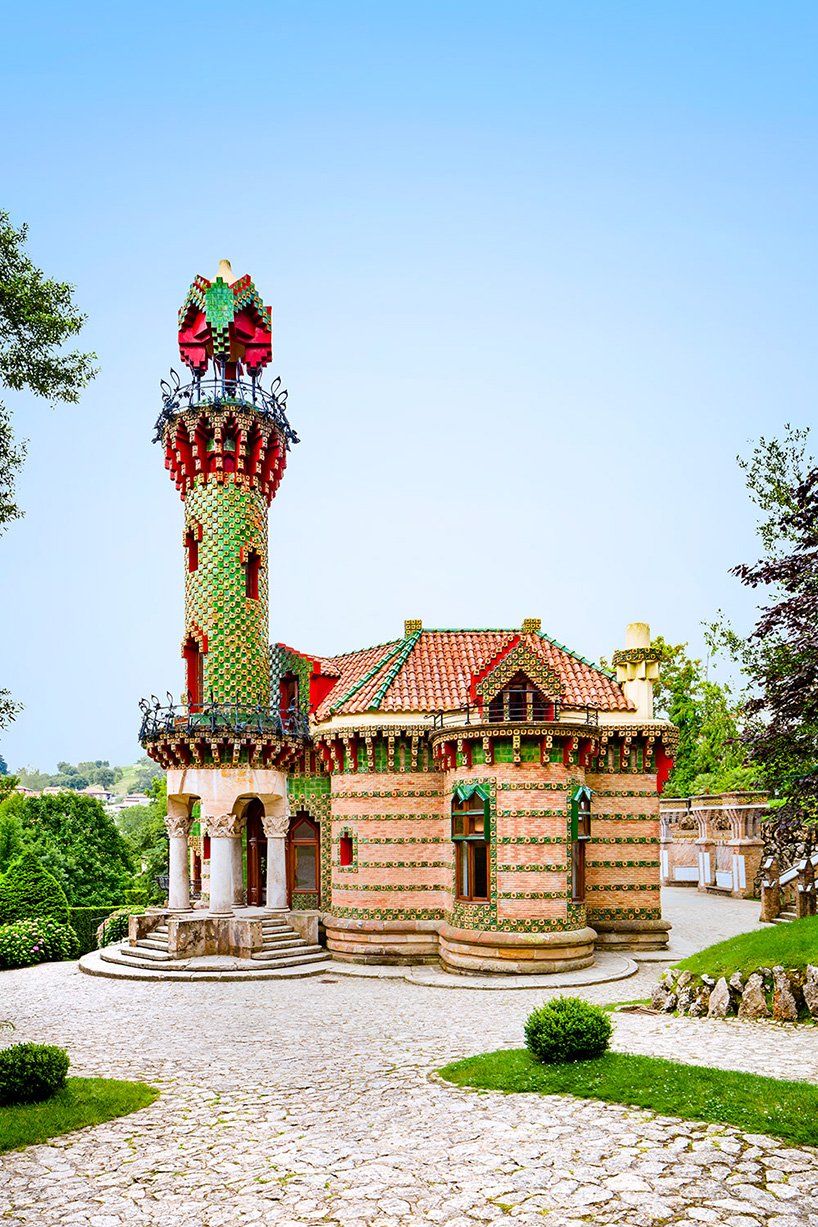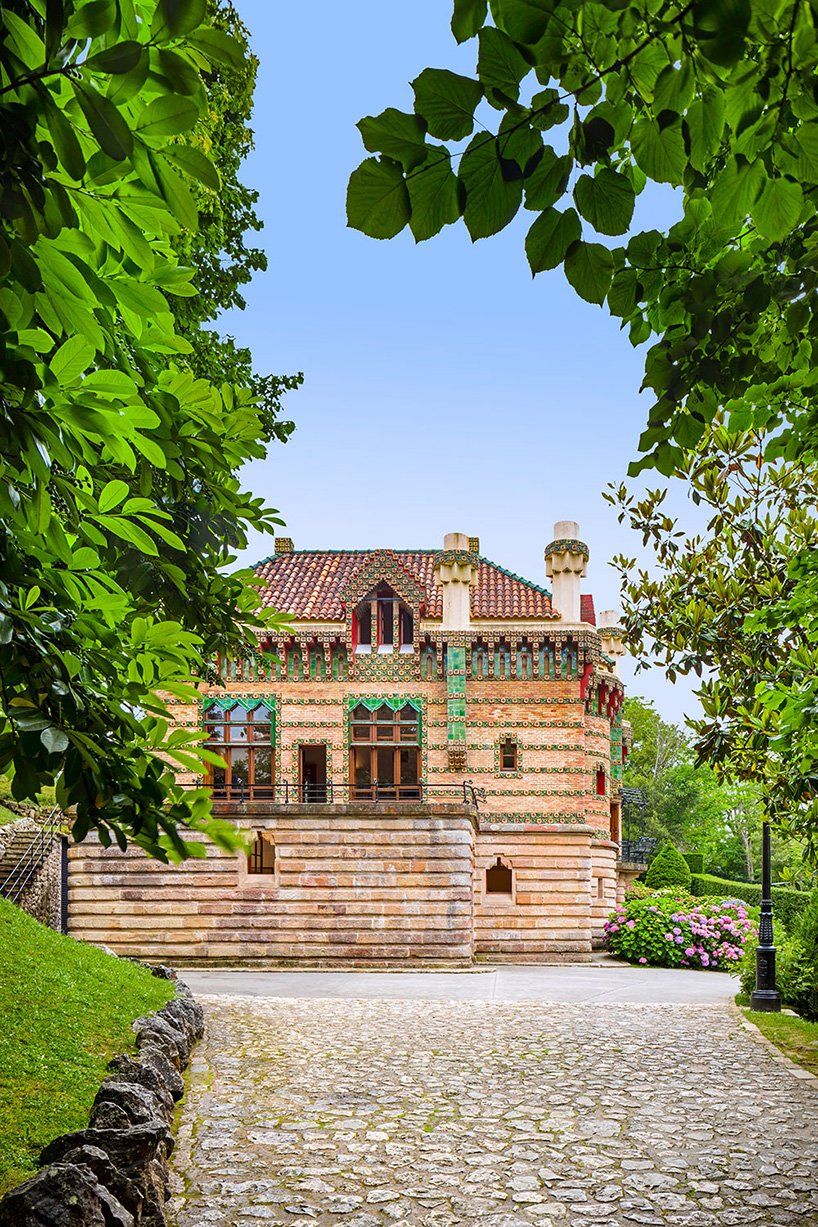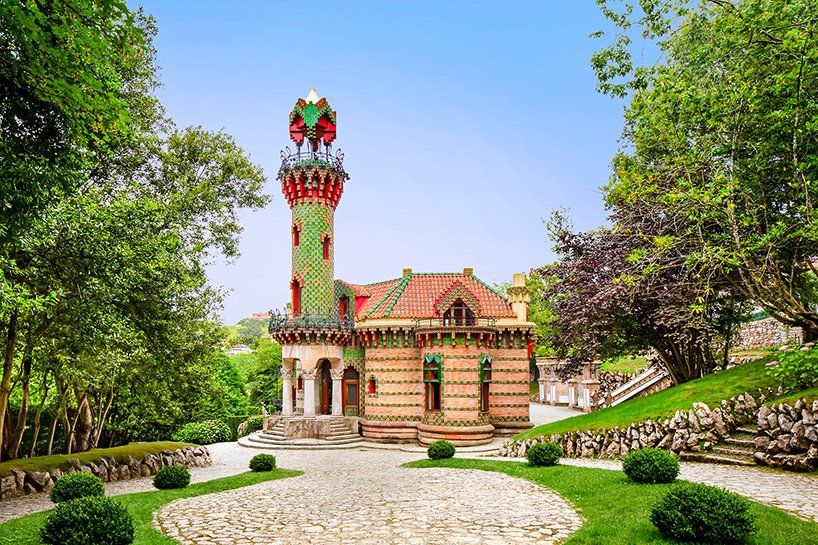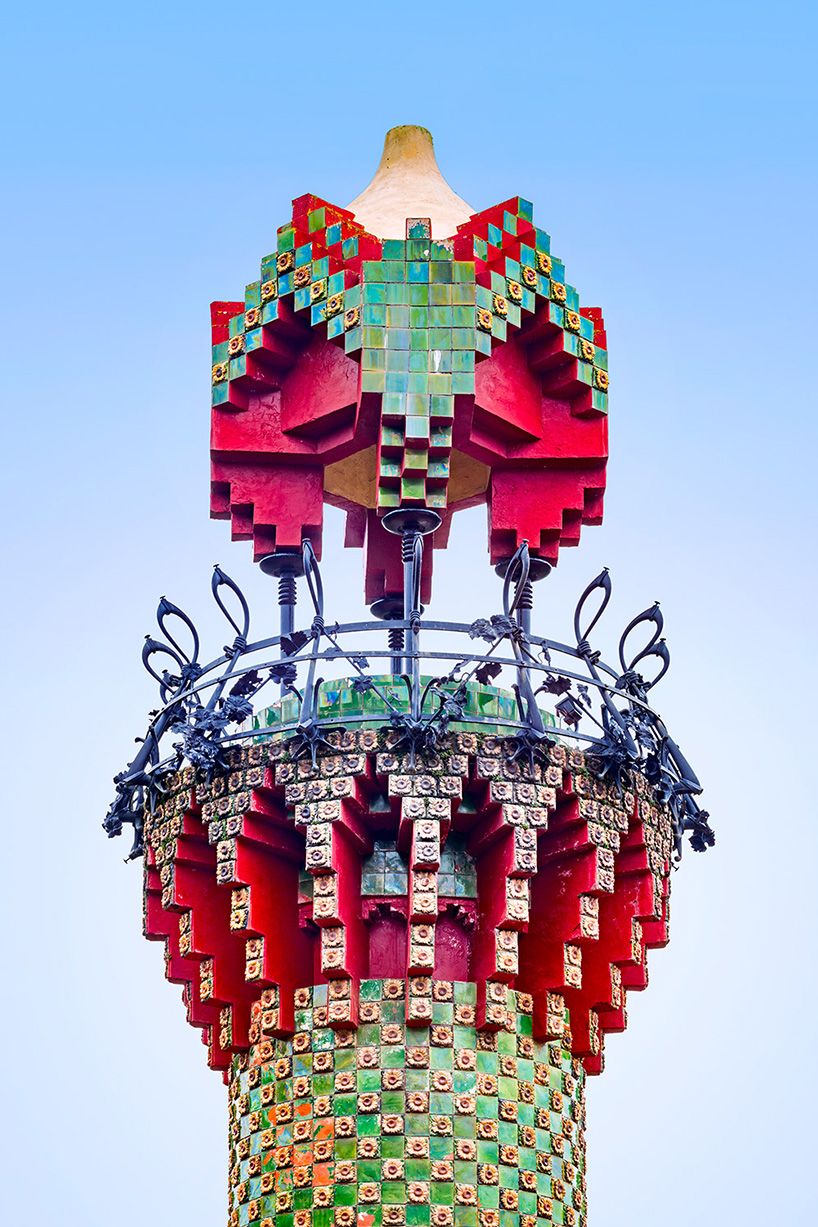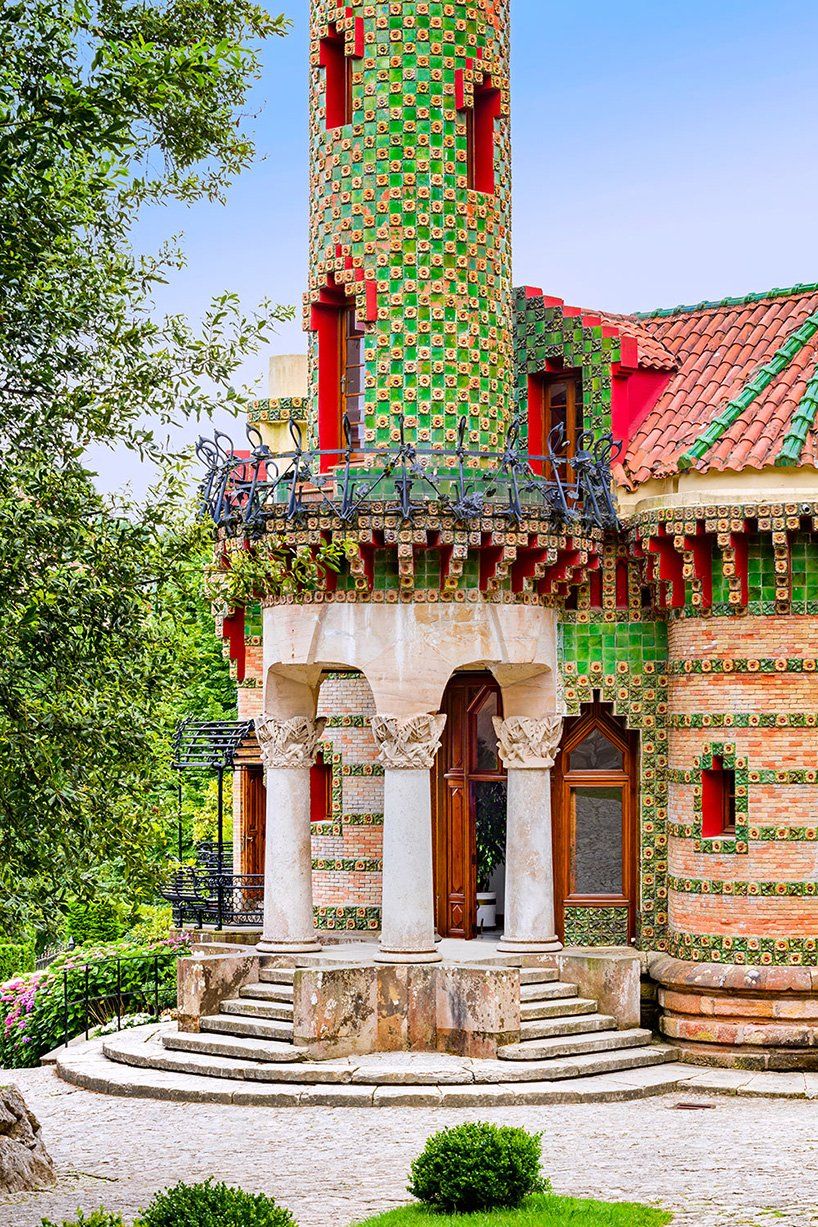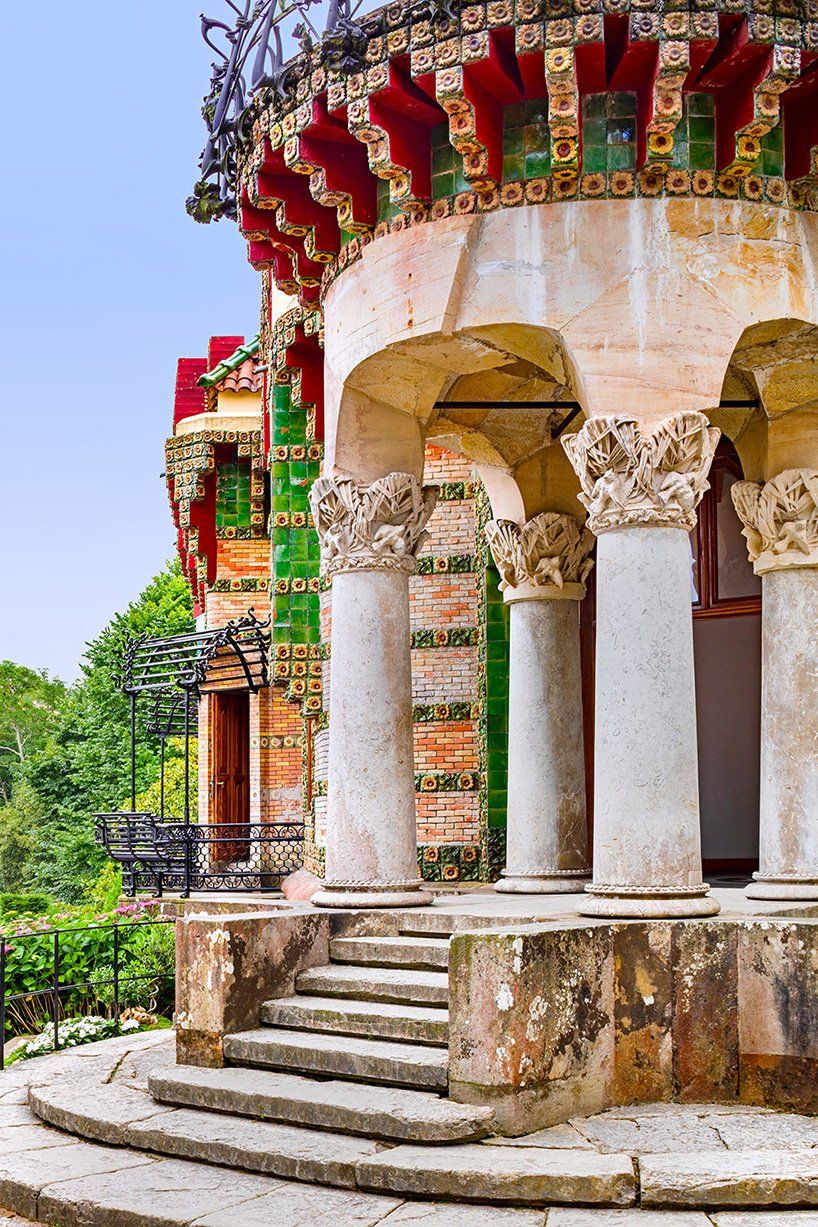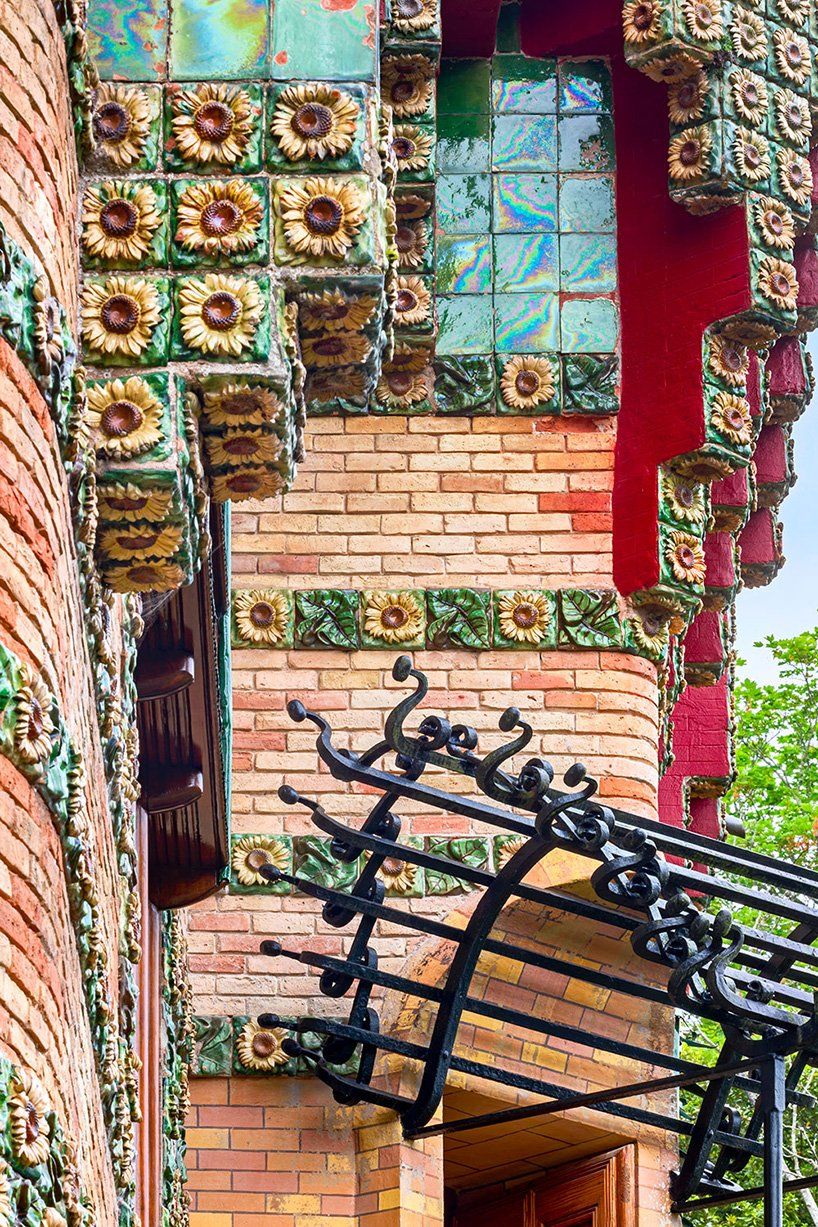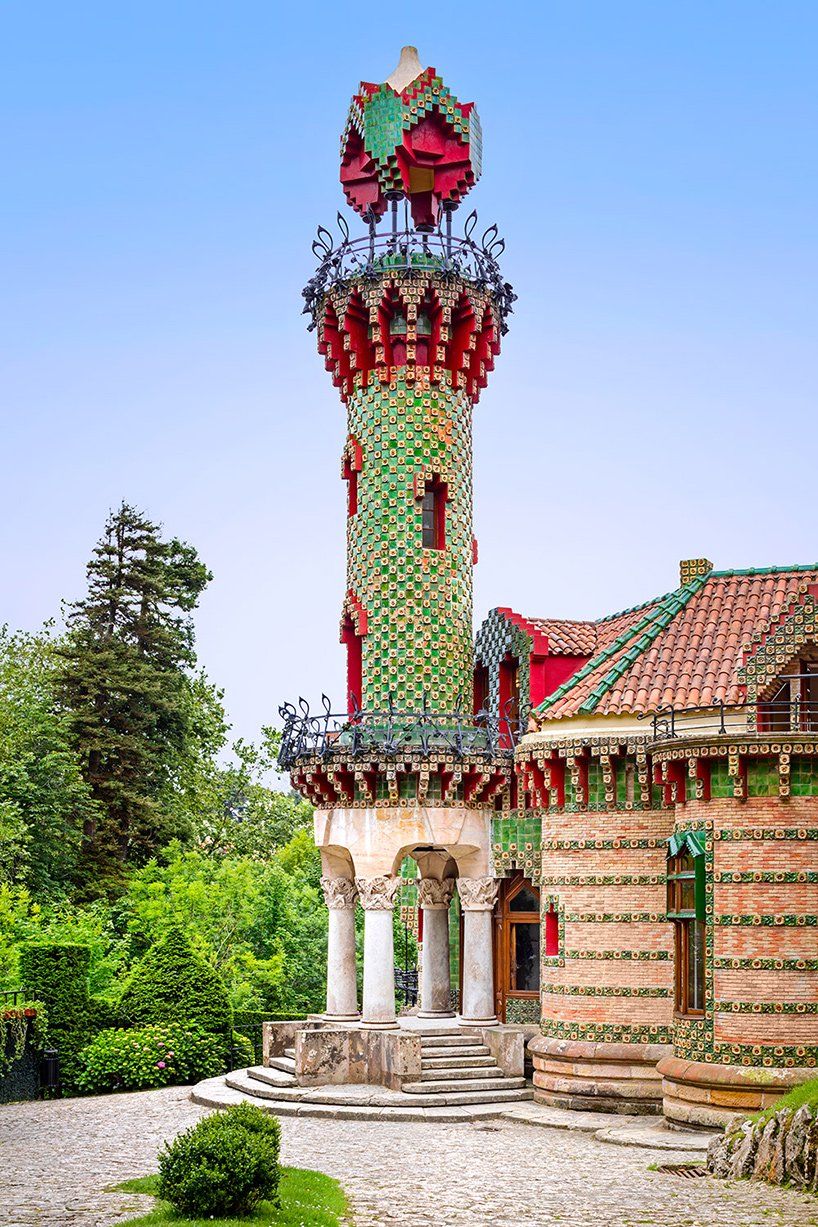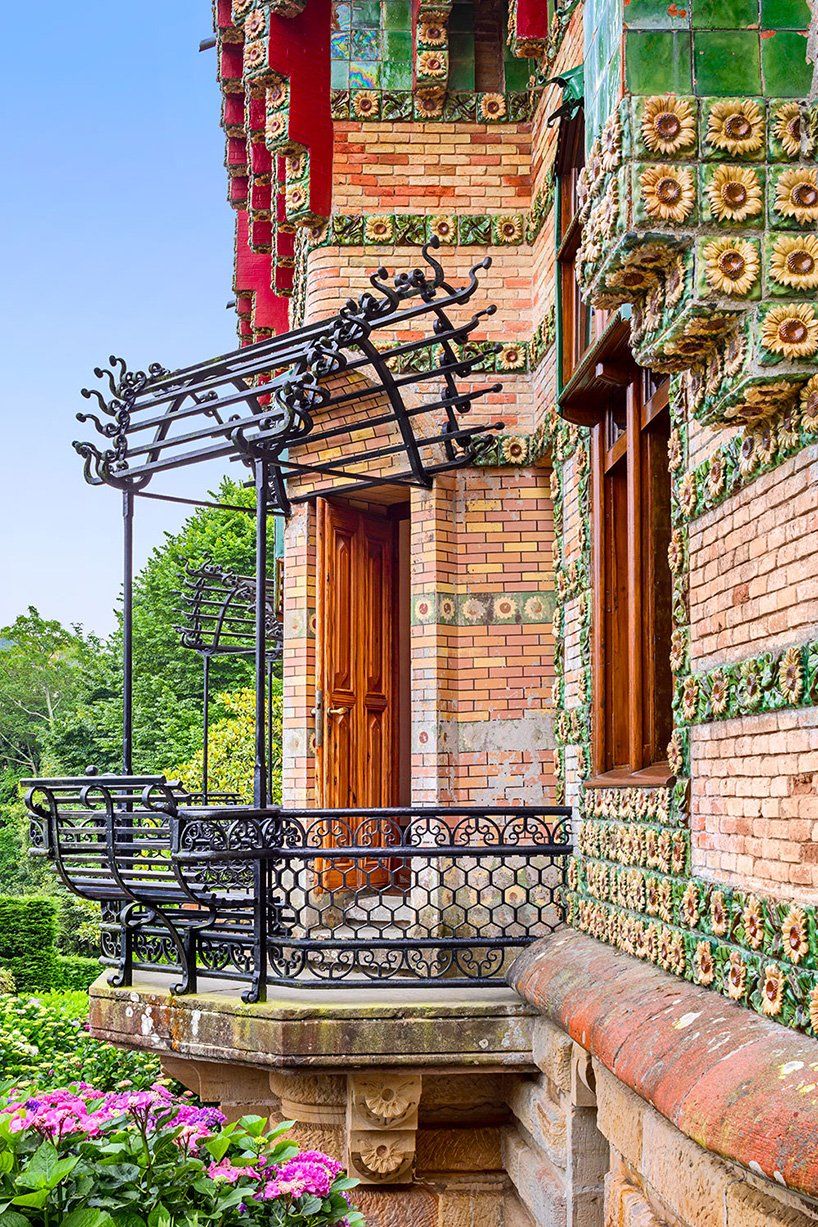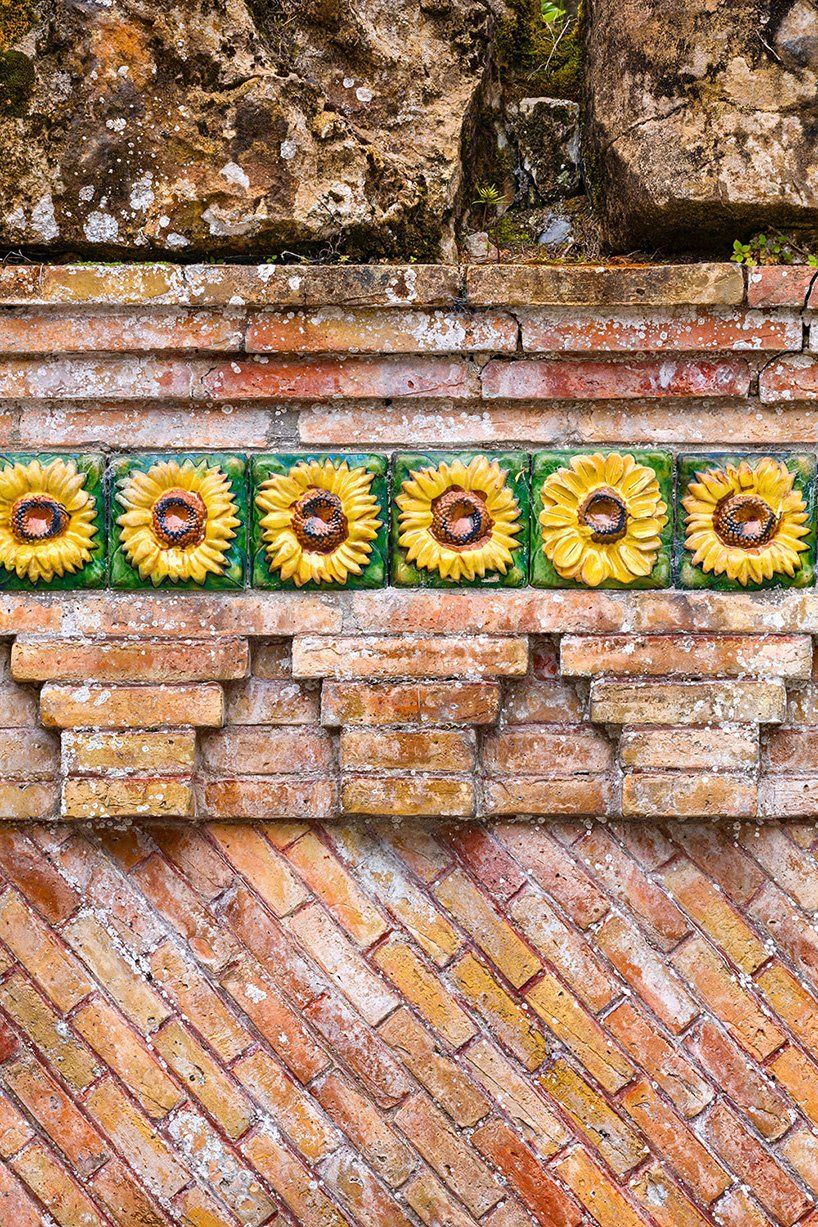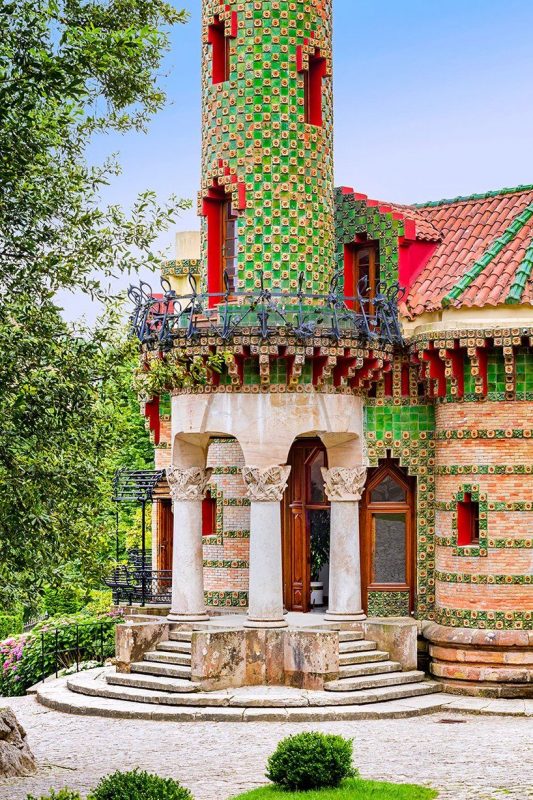David Cardelús is a Spanish architectural photographer who specialized in representing contemporary architecture for architectural firms and national and international publishing companies, has takes a series of photographs of El Capricho, that in 1883, Máximo Díaz de Quijano, an “Indiano” enriched in America, commissioned to Antoni Gaudí with what would be a summer villa near the palace of Sobrellano del Marqués in Comillas, Cantabria. Gaudi has several other works in Barcelona that one cannot miss if they happen to visit the Catalonian city.
Most of architect Antoni Gaudí‘s masterpieces are found in Catalonia, there is one precious gem that is located in northern Spain. El Capricho is an incredible villa that was built by Gaudí between 1883 and 1885 as the summer residence for a wealthy patron. Also known as the Villa Quijano, the vibrant building is a wonderful example of his early work.
[irp posts=’167816′]
El Capricho is a contemporary work to Casa Vicens (1883-1888), and both projects are Gaudí’s first buildings. These works are going to be fundamental in the evolution of the architect’s career, and essential for the study of his career. Both define the style of its first era, which is distinguished, as noted by L.E. Cirlot, by Mudejar, oriental and medieval influences. The construction of Capricho was directed by Cristóbal Cascante, friend and colleague of Gaudí’s promotion, at the same time that he was building the Vicens house in Barcelona.
The Interior by Antoni Gaudí:
The interior design responds mainly to the necessary program for a single person and with a recreational purpose, since it was a building intended as a holiday residence. It is distributed in three plants. Gaudí distributed the space based on the route of the sun, situating the rooms for morning activities to the south, and the evening ones to the west, while the summer ones are oriented to the north.
The exterior of the building is characterized by the use of stone in the lower part of the brick seen adorned with glazed ceramic strips representing sunflowers and leaves in the rest, and the superposition of the curved surface facing the straight. Finding harmony and balance within Antoni Gaudí’s strong color palette is a challenge, but Cardelús manages to show off the quality of the architect’s design while still embracing the environment. Through pulled back views and close-up details, the photographer allows us to see how Gaudí mixed different influences. El Capricho’s tower over the front portico, influenced by minarets, shows his Orientalist tendencies, while his incorporation of cast iron and colored tile are evidence of Art Nouveau trends.
